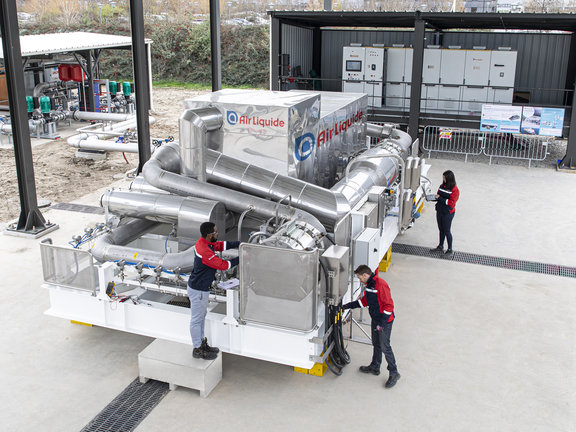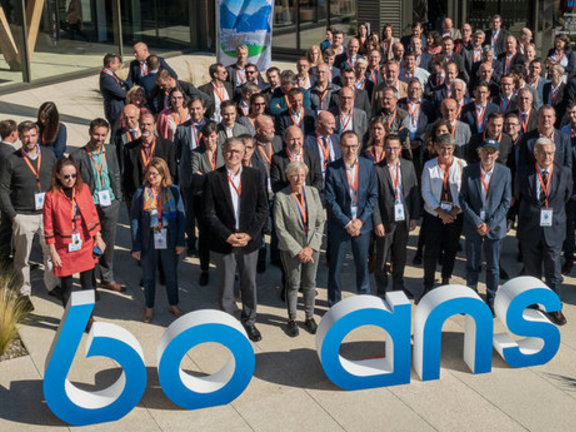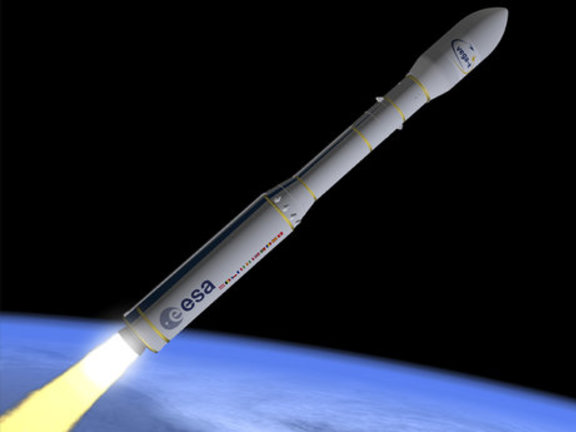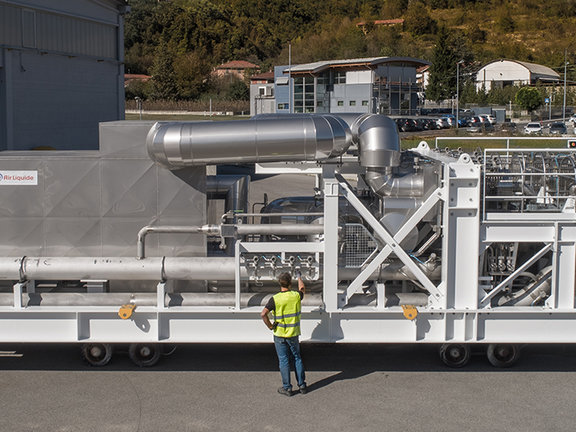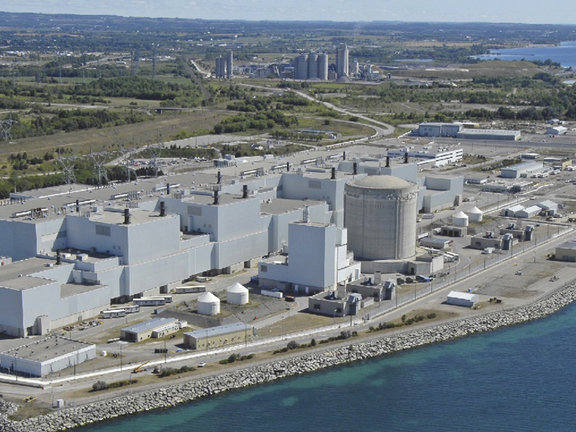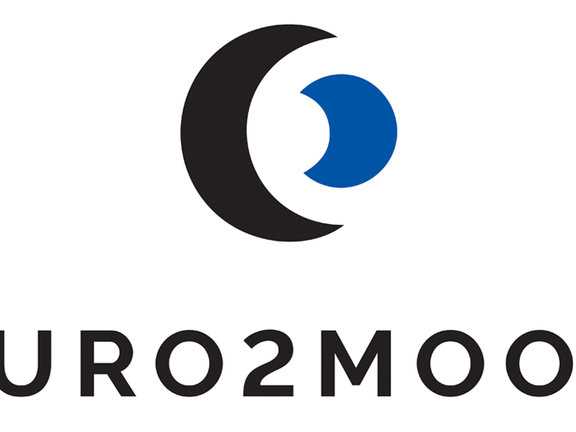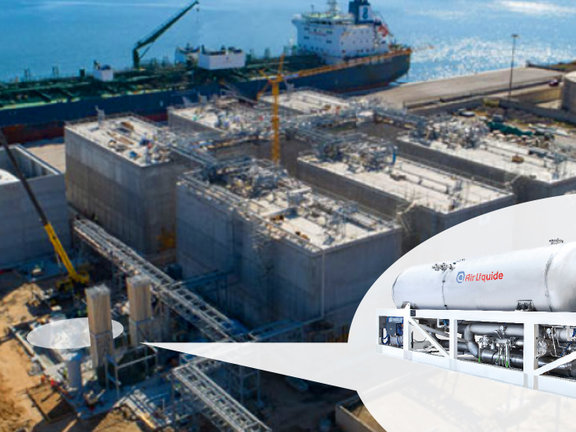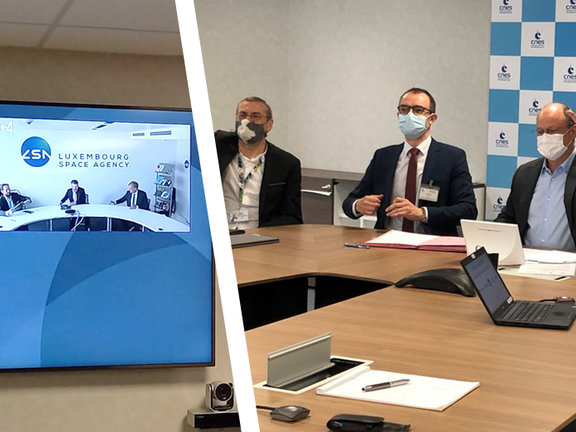World Leader in High Technologies for the Gas Field.
Find your solution
Meet our teams!
4 results
About us
World leader in high technologies in the field of gas, Air Liquide advanced Technologies puts its expertise to work for numerous sectors: space, science, industry and marine.
Contact us
If you have a question about any of our equipment, services or resources, please feel free to call or send us a message.


